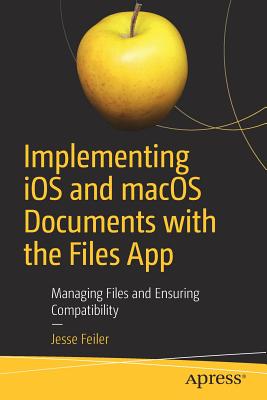Fundamentals of Digital Forensics: Theory, Methods, and Real-Life Applications
暫譯: 數位取證基礎:理論、方法與實際應用
Joakim Kävrestad
- 出版商: Springer
- 出版日期: 2018-08-11
- 售價: $2,150
- 貴賓價: 9.5 折 $2,043
- 語言: 英文
- 頁數: 244
- 裝訂: Paperback
- ISBN: 331996318X
- ISBN-13: 9783319963181
海外代購書籍(需單獨結帳)
商品描述
This hands-on textbook provides an accessible introduction to the fundamentals of digital forensics. The text contains thorough coverage of the theoretical foundations, explaining what computer forensics is, what it can do, and also what it can’t. A particular focus is presented on establishing sound forensic thinking and methodology, supported by practical guidance on performing typical tasks and using common forensic tools. Emphasis is also placed on universal principles, as opposed to content unique to specific legislation in individual countries.
Topics and features: introduces the fundamental concepts in digital forensics, and the steps involved in a forensic examination in a digital environment; discusses the nature of what cybercrime is, and how digital evidence can be of use during criminal investigations into such crimes; offers a practical overview of common practices for cracking encrypted data; reviews key artifacts that have proven to be important in several cases, highlighting where to find these and how to correctly interpret them; presents a survey of various different search techniques, and several forensic tools that are available for free; examines the functions of AccessData Forensic Toolkit and Registry Viewer; proposes methods for analyzing applications, timelining, determining the identity of the computer user, and deducing if the computer was remote controlled; describes the central concepts relating to computer memory management, and how to perform different types of memory analysis using the open source tool Volatility; provides review questions and practice tasks at the end of most chapters, and supporting video lectures on YouTube.
This easy-to-follow primer is an essential resource for students of computer forensics, and will also serve as a valuable reference for practitioners seeking instruction on performing forensic examinations in law enforcement or in the private sector.
商品描述(中文翻譯)
這本實用的教科書提供了數位取證基本原理的易懂介紹。文本詳細涵蓋了理論基礎,解釋了什麼是電腦取證、它能做什麼以及它不能做什麼。特別強調建立健全的取證思維和方法論,並提供執行典型任務和使用常見取證工具的實用指導。還強調了普遍原則,而不是特定國家法律的獨特內容。
主題和特點:介紹數位取證的基本概念,以及在數位環境中進行取證檢查的步驟;討論網路犯罪的本質,以及數位證據在調查此類犯罪時的用途;提供破解加密數據的常見實踐的實用概述;回顧在幾個案例中被證明重要的關鍵文物,強調如何找到這些文物以及如何正確解釋它們;介紹各種不同的搜索技術和幾個可免費使用的取證工具;檢查 AccessData Forensic Toolkit 和 Registry Viewer 的功能;提出分析應用程式、時間線、確定電腦使用者身份以及推斷電腦是否被遠端控制的方法;描述與電腦記憶體管理相關的核心概念,以及如何使用開源工具 Volatility 執行不同類型的記憶體分析;在大多數章節結尾提供複習問題和實踐任務,並在 YouTube 上提供支持性視頻講座。
這本易於理解的入門書是電腦取證學生的重要資源,對於尋求執法或私營部門進行取證檢查指導的從業者來說,也將是有價值的參考資料。






























